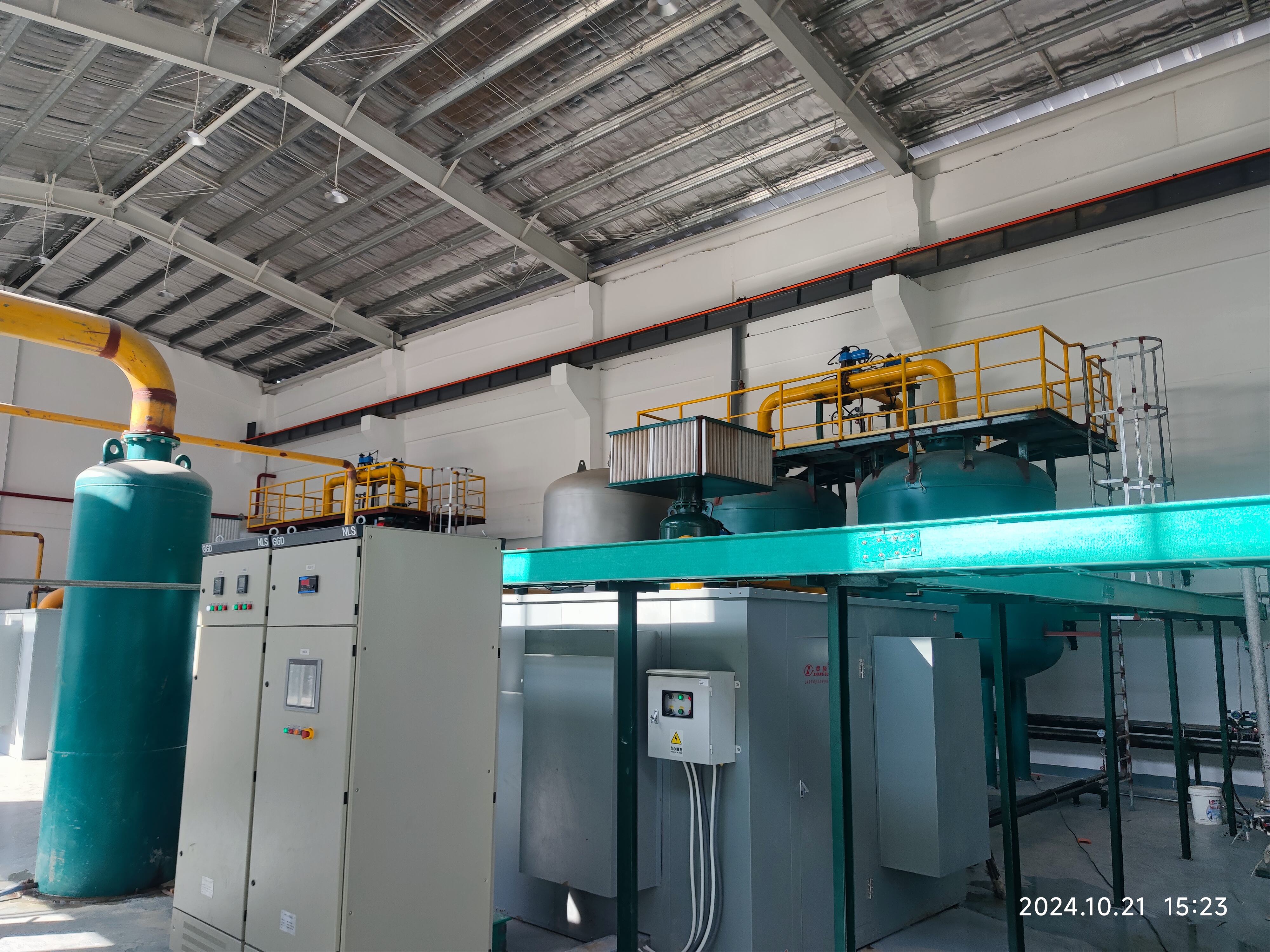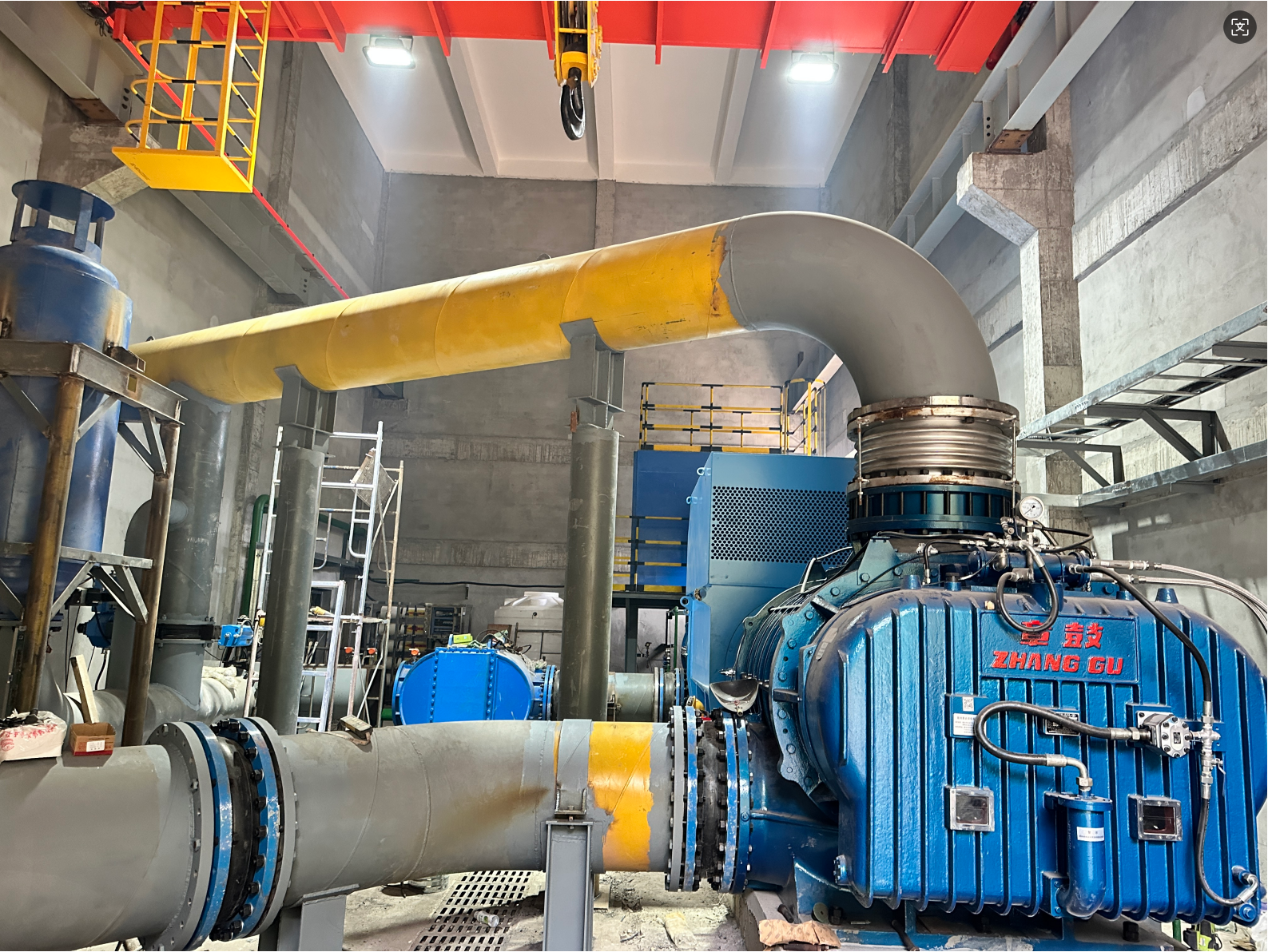pressure swing adsorption oxygen plant cost
A pressure swing adsorption (PSA) oxygen plant represents a significant investment in industrial gas separation technology. The cost typically ranges from $50,000 to $500,000, depending on capacity and specifications. These plants utilize specialized molecular sieve beds to separate oxygen from atmospheric air through pressure variation cycles. The technology operates by exposing compressed air to zeolite materials that selectively adsorb nitrogen while allowing oxygen to pass through. The initial investment encompasses equipment costs, installation fees, and necessary infrastructure modifications. Operating costs include electricity consumption, maintenance requirements, and periodic replacement of adsorbent materials. Modern PSA oxygen plants offer production capacities ranging from 10 to 2000 Nm³/hour, with oxygen purity levels reaching up to 95%. The cost-effectiveness of these systems becomes apparent through their lower operating expenses compared to liquid oxygen delivery, especially in locations with high demand or limited access to traditional oxygen supply chains. The technology's reliability and automated operation capabilities make it particularly suitable for various industries, including healthcare facilities, steel manufacturing, and water treatment plants.


